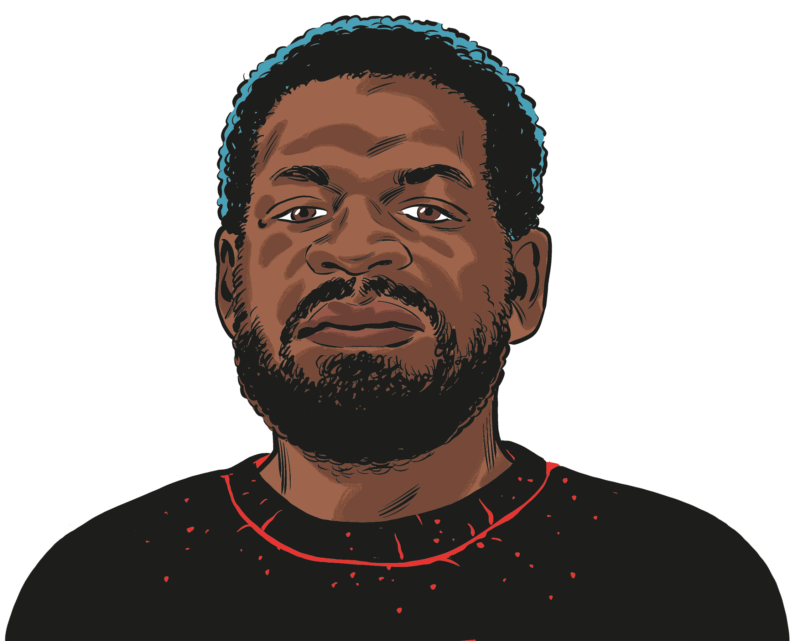When Angels in the Outfield came out, in 1994, I hadn’t yet buried anyone I loved. I hadn’t been to a funeral, and I hadn’t yet been in a hospital room, been an audience to the sounds that stitch together, forming an orchestra, a soundtrack to an eventual exit.
Even with this in mind, I found myself obsessed with the afterlife. Not in a way that troubled anyone. I rarely spoke the obsession out loud. Even at ten years old, in the early summer days of 1994, I maybe had just enough self-awareness to know that the adults around me weren’t all that into my curiosity about what awaited us after death, and they likely didn’t have the answers, anyway.
You have reached your article limit
Sign up for a digital subscription and continue reading all new issues, plus our entire archives, for just $1.50/month.
Already a subscriber? Sign in





